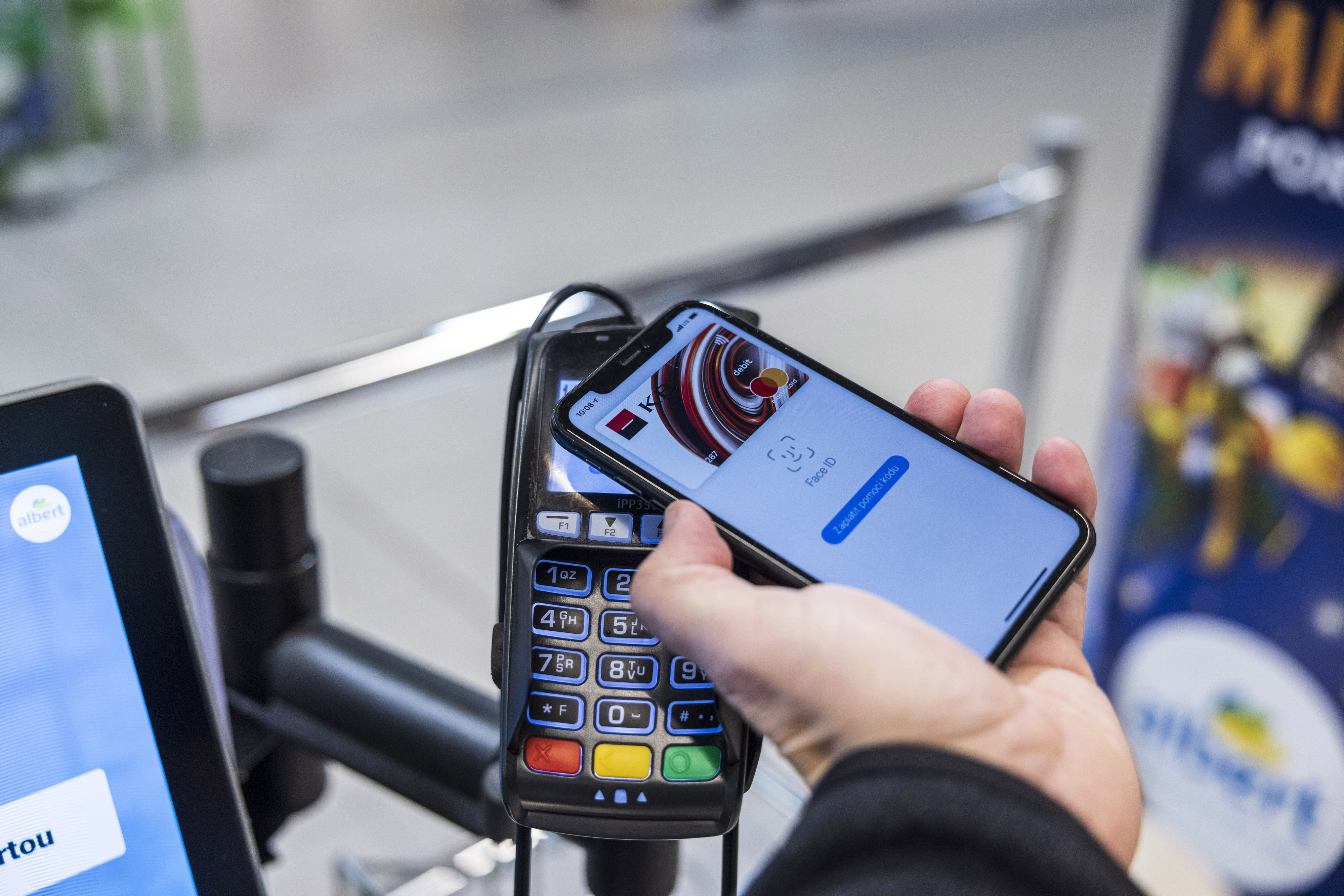Apple is celebrating the 10th anniversary of Apple Pay. Launched in 2014, Apple Pay has evolved from a novel concept to a ubiquitous payment method, fundamentally altering the landscape of digital finance and setting new standards for security and convenience in the process.
When Apple CEO Tim Cook took the stage a decade ago to introduce Apple Pay, skeptics questioned whether consumers would trust their phones with their financial information. Today, as Apple Pay processes billions of transactions annually across 70 countries, those doubts seem quaint.
Apple Pay was born out of a simple idea: to create a more secure and private way to pay,” recalls Jennifer Bailey, Apple’s vice president of internet services and Apple Pay. We wanted to eliminate the vulnerabilities of traditional credit cards while making transactions faster and more convenient.
The timing of Apple Pay’s launch was impeccable. It coincided with the rise of contactless payments and growing concerns about credit card fraud. By leveraging the security features of the iPhone, including Touch ID and later Face ID, Apple offered a solution that was both more secure and easier to use than traditional payment methods.

Apple Pay’s journey over the past ten years has been marked by consistent growth and innovation:
1. Rapid Adoption: Within its first year, Apple Pay was accepted at over 700,000 locations in the US. Today, that number has grown to millions of merchants worldwide.
2. Expansion Beyond Retail: What started as a way to pay in stores quickly expanded to in-app purchases, web transactions, and peer-to-peer payments with Apple Cash.
3. Transit Integration: In cities from New York to Tokyo, commuters can now simply tap their iPhones or Apple Watches to access public transportation.
4. Apple Card: Launched in 2019, the Apple Card integrated deeply with Apple Pay, offering cashback rewards and innovative financial health features.
5. Small Business Tools: Apple has introduced tools that allow small businesses to accept Apple Pay payments directly on their iPhones, without additional hardware.
The success of Apple Pay has had far-reaching effects on the entire financial ecosystem:
1. Accelerated Adoption of Contactless Payments: Apple Pay’s popularity helped drive the widespread adoption of NFC payment terminals, benefiting all forms of contactless payments.
2. Increased Focus on Mobile Security: Apple’s emphasis on security features like tokenization has raised the bar for the entire mobile payment industry.
3. Changing Consumer Expectations: Users now expect seamless, fast, and secure payment experiences across all platforms.
4. Disruption of Traditional Banking: The ease of use of Apple Pay and related services has put pressure on traditional banks to innovate and improve their digital offerings.
5. Reduction in Cash Usage: In many markets, Apple Pay has contributed to a significant decrease in cash transactions, particularly among younger consumers.
The growth of Apple Pay over the past decade is reflected in some staggering statistics:
– Over 80% of retailers in the US now accept Apple Pay, up from less than 3% at launch.
– Apple Pay transactions have grown by an average of 40% year-over-year for the past five years.
– In some markets, like the UK and Australia, over 90% of contactless transactions are made using Apple Pay.
– The service now supports over 5,000 bank and credit card issuers globally.
– Apple Pay is used by more than 500 million users worldwide.
Despite its success, Apple Pay’s journey hasn’t been without challenges:
1. Antitrust Concerns: Apple’s control over the NFC chip in iPhones has led to antitrust investigations in several jurisdictions, including the EU.
2. Merchant Resistance: Some large retailers, particularly in the US, have resisted adopting Apple Pay, preferring to push their own payment solutions.
3. Privacy Concerns: While Apple has maintained a strong stance on user privacy, the increasing amount of financial data it processes has raised concerns among privacy advocates.
4. Global Regulatory Hurdles: Expanding into new markets has often required navigating complex regulatory environments, slowing growth in some regions.
As Apple Pay enters its second decade, the company shows no signs of slowing down its ambitions in the financial sector:
1. Expansion into New Services: Rumors suggest Apple is exploring expansion into areas like buy-now-pay-later services and cryptocurrency support.
2. Enhanced AI Integration: Future versions of Apple Pay are expected to leverage AI for personalized financial advice and fraud detection.
3. Broader Identity Verification: Apple is working on using Apple Pay as a secure method for identity verification beyond just payments.
4. Increased Focus on Financial Health: Building on the features of Apple Card, the company is likely to introduce more tools to help users manage their overall financial well-being.
5. Further Global Expansion: Apple continues to work on bringing Apple Pay to more countries, with a particular focus on emerging markets.
The impact of Apple Pay extends far beyond Apple itself. Industry leaders and analysts weigh in on its significance:
Apple Pay has been a catalyst for innovation in the payments industry,” says Sarah Johnson, CEO of a leading fintech startup. It raised consumer expectations for what a digital payment experience should be, forcing the entire industry to improve.
Analyst Mark Thompson of Tech Insights adds, “The real genius of Apple Pay was how it integrated seamlessly into the Apple ecosystem. It wasn’t just a new way to pay; it was a natural extension of the devices people were already using every day.”
As Apple celebrates 10 years of Apple Pay, it’s clear that the service has done more than just simplify payments – it has fundamentally altered our relationship with money in the digital age. By combining security, convenience, and the power of the Apple ecosystem, Apple Pay has set new standards for what consumers expect from financial services.
Looking ahead, the next decade promises even more innovation. As digital payments become increasingly central to our daily lives, Apple Pay is poised to play a pivotal role in shaping the future of finance. From enhancing financial inclusivity to pioneering new forms of digital identity, the impact of Apple’s payment revolution is likely only beginning.
As we reflect on this milestone, one thing is certain: the little pay button that appeared on our phones a decade ago has grown into a force that’s reshaping the global financial landscape, one tap at a time.















Add Comment